How a countertop dishwasher works
 Buying a dishwasher is an important step that should be approached with all responsibility. Before purchasing, it would be ideal not only to study all possible PMM options, but also to learn the intricacies of the operating principle of this household appliance. The more you can learn in advance, the fewer questions there will be in the future, plus, you will be able to perfectly choose a “home assistant” to suit your needs, choosing an ordinary or compact device. Therefore, today we will look in detail at how a countertop dishwasher works, so that you do not have any unnecessary questions before purchasing.
Buying a dishwasher is an important step that should be approached with all responsibility. Before purchasing, it would be ideal not only to study all possible PMM options, but also to learn the intricacies of the operating principle of this household appliance. The more you can learn in advance, the fewer questions there will be in the future, plus, you will be able to perfectly choose a “home assistant” to suit your needs, choosing an ordinary or compact device. Therefore, today we will look in detail at how a countertop dishwasher works, so that you do not have any unnecessary questions before purchasing.
How does PMM work?
Immediately after activating the working cycle, the control electronic board of the machine will transmit the command to open the solenoid valve so that the equipment begins drawing water. As soon as there is enough liquid in the system, the pressure switch will record this, close its contacts, and the control board will receive a message that it is time to close the solenoid valve to complete the water intake.
Water does not immediately penetrate into the pan of the device, but first passes through the heat exchanger and ion exchanger. We will talk about the first one in detail at the end of this section, but let’s talk about the ion exchanger now. This is one of the most important components in a dishwasher, because it softens overly hard tap water. If this is not done, then not only the quality of dishwashing will suffer, but also the internal components of the dishwasher, which may fail due to scale and other deposits.The ion exchanger consists of two interconnected chambers, one with a filter where a special ion exchange resin is stored to soften the liquid, and the second, which acts as a salt hopper.
The water is softened through an ion exchange process, in which the calcium Ca2+ and magnesium Mg2+ cations, which are too abundant in low-quality tap water, are replaced by much more harmless sodium ions, which come as replacements from the ion exchange resin. The main feature of the resin is its ability to be restored, for which it needs a special salt for PMM, which contains a large amount of sodium cations.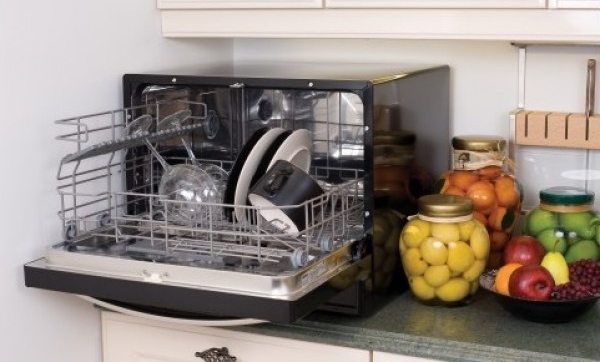
Of course, salt granules will not restore the resin to its original state in which it was when you purchased the dishwasher, but this is enough for the ion exchanger to continue to successfully combat water hardness. Often, the ion exchanger successfully copes with its duties for 5-8 years, which directly depends on the quality of tap water and the intensity of use of the dishwasher.
Because salt plays such an important role in the dishwasher, the product must be purchased of the highest quality and designed specifically for household appliances, so under no circumstances use regular table salt.
We return to the standard operating cycle. Once the water enters the appliance's tray, it must be heated to the temperature selected by the user. This can be done in two ways:
- using a water heating element, which is located at the bottom of the pan;
- using an instantaneous water heater.
The second method is actively used in the latest dishwashers.The heating element is gradually becoming a thing of the past due to the fact that the instantaneous water heater saves time for the user, who does not need to wait for the water to heat up. In this case, washing will begin almost instantly, and the water will gradually heat up during operation.
After heating, the circulation pump turns on, thanks to which water circulates throughout the dishwasher. At the same time, at the very bottom of the circulation system there is a special filter necessary to clean the liquid from food residues from dishes and other contaminants. Thanks to this filter, the key components of the machine are protected from debris and blockages.
In order for the sprinklers, also known as impellers, to clean the dishes using powerful water pressure, the circulation pump creates pressure in the PMM. The sprinklers themselves are created with a hollow body, in which there are special holes, also called nozzles, through which jets of water clean the dishes placed in the baskets. The impellers actively rotate throughout the operating cycle to ensure that water reaches every item installed inside the washing chamber.
It is noteworthy that the sprinklers do not have motors, so their active rotation occurs due to the jet thrust of the water jets that escape from the nozzles. Because of this, their bells are made at an angle to the axis of rotation of the sprinkler, which ensures active rotation during operation.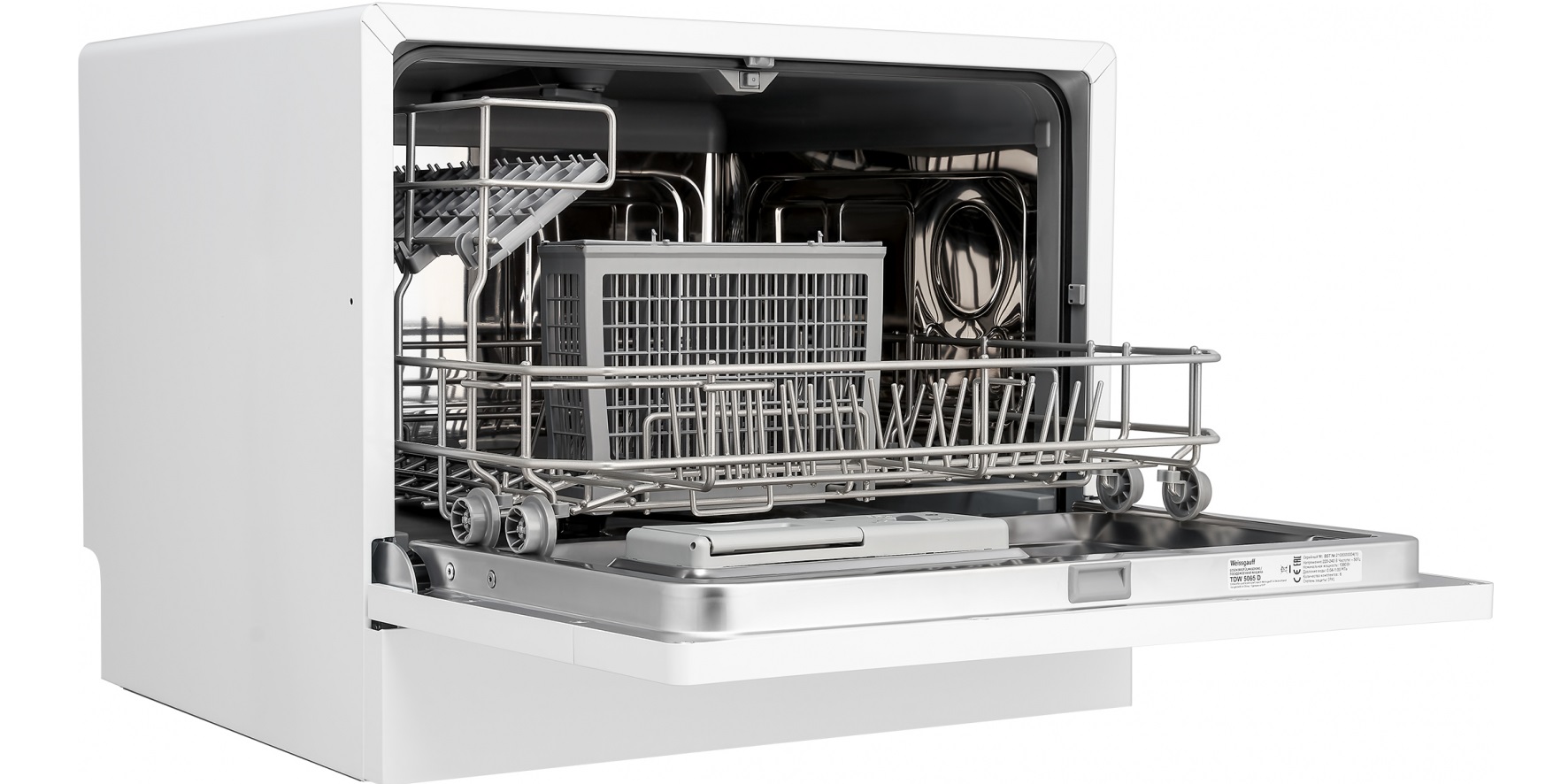
While the dishes are being washed, the machine, using a control board, activates the lock of the detergent compartment. After this, household dishwashing chemicals are dissolved in hot water, forming a washing solution, with the help of which all dirty dishes are washed.All the water in the washing chamber will actively circulate until the first stage of dishwashing is completed, after which all the liquid will be drained into the sewer through the drain pump.
So, the dishes are washed to a crystal shine, all that remains is to dry them. This is where the heat exchanger mentioned at the beginning of the section finally comes into play. Typically, the manufacturer implements condensation drying in dishwashers.
Its operating principle is that moisture naturally evaporates from hot dishes after the cutlery has been washed in boiling water. In the PMM washing chamber, a convection movement of moist air is formed, which tends to a heat exchanger filled with cold water. When the air comes into contact with the walls of the heat exchanger, excess moisture condenses from the hot air, drops fall into the pan of the machine, and the cooled air returns to the washing chamber. This will continue either until the time recorded for the drying process has passed, or until the humidity sensor, which is found in the most modern and technologically advanced PMMs, is activated.
This type of drying will take a lot of time, so some brands equip their products with a fan heater, which forcibly ventilates the washing chamber, which greatly speeds up the process. As soon as the dishes have dried and cooled down at least a little, they can be removed from the baskets, at which point the working cycle is completed.
What actions does PMM perform?
To summarize very briefly, the general operating principle of the PMM consists of only 4 points. Let's repeat them again to reinforce them.
- Pre-soaking. At this stage, the spray arms will remove food and other debris from the dishes to prepare the utensils for washing.
Rather than overusing the pre-treatment function, it is always better to thoroughly clean the dishes from food debris, seeds, napkins, coffee grounds and other debris that should not even get into the washing chamber.
- Washing. At this stage, the dishwasher treats the dishes with hot jets of water and special detergents.
- Rinsing. Hot water completes the cleaning of the dishes, now not from debris, grease or dirt, but from the remains of household chemicals. The time it takes to perform this action may vary depending on the control module of the machine and the data transmitted by the sensors.
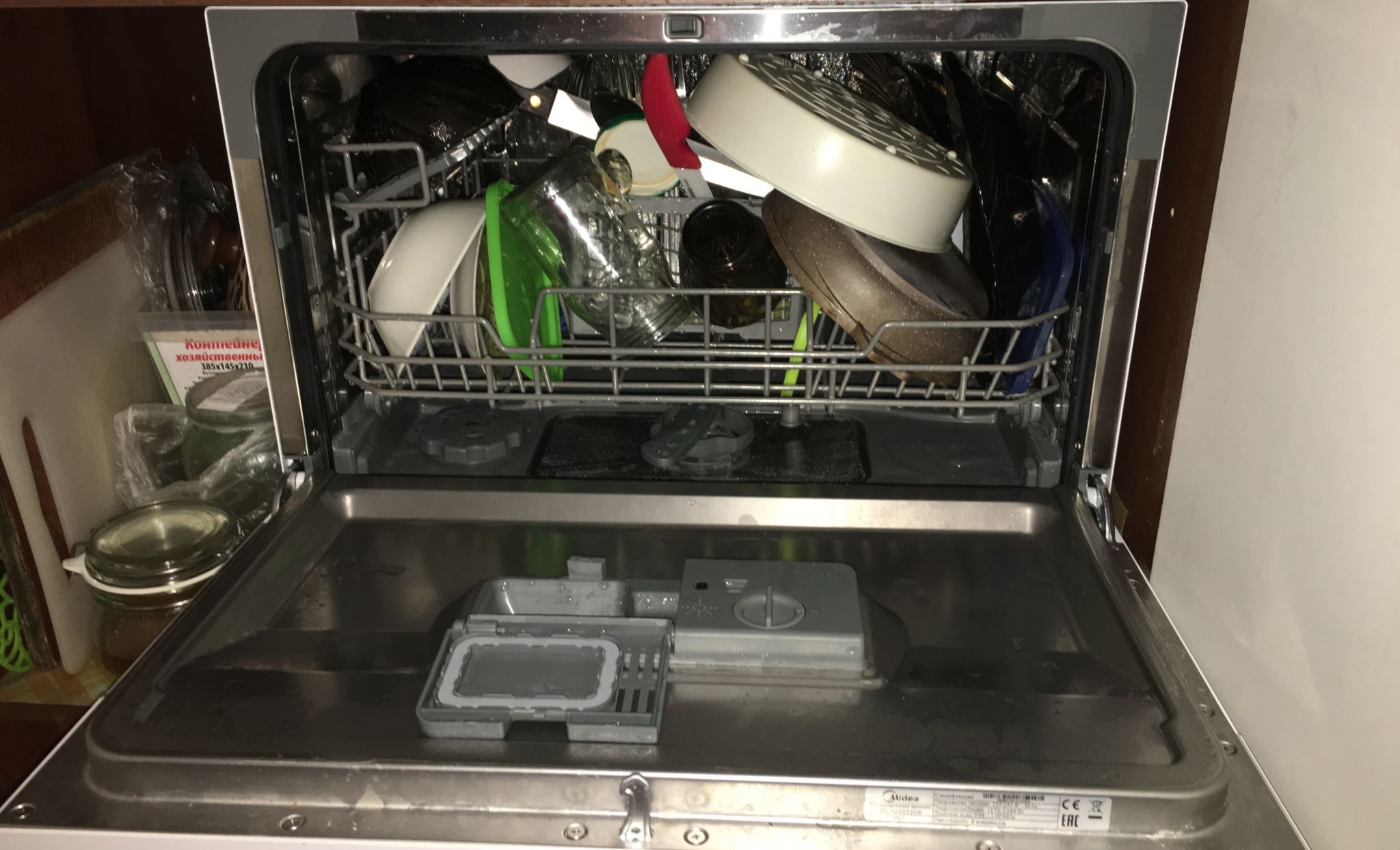
- Drying. Finally, the dishwasher removes moisture from the surface of cutlery, so that you receive not only crystal clean dishes, but also completely dry ones, which can be immediately put back in their place.
Basically, dishwashers work according to the described algorithm, but in some cases pre-soaking can be eliminated. Now you know well the principle of operation of the PMM and understand the device, so you are ready to consciously use the “home assistant”.
Interesting:
Reader comments
- Share your opinion - leave a comment
Categories
Washing machine repair


For buyers

For users

Dishwasher




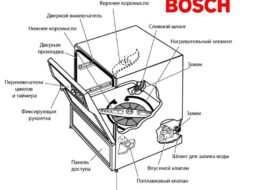
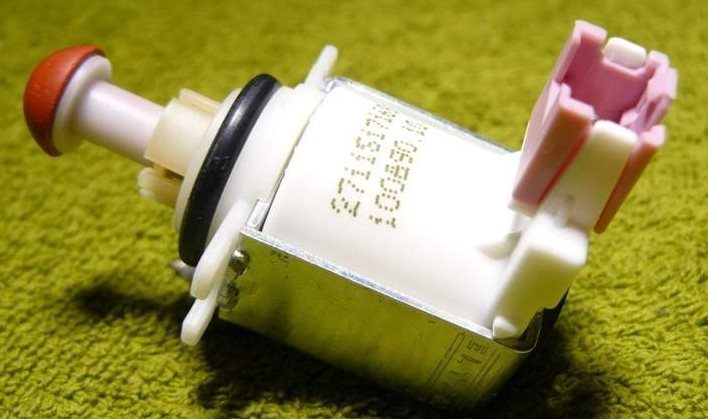
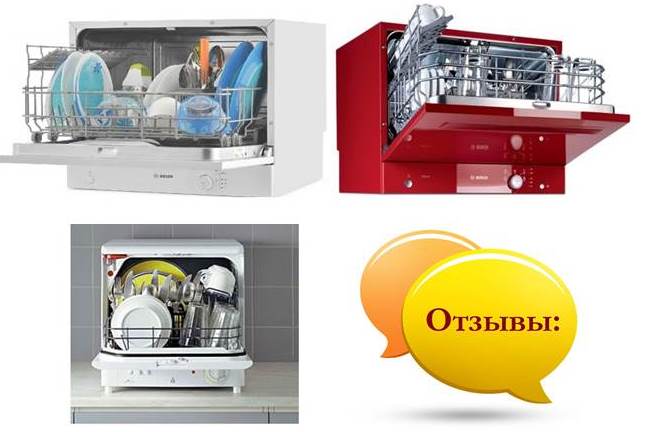










Add a comment